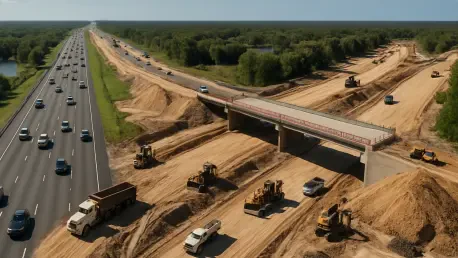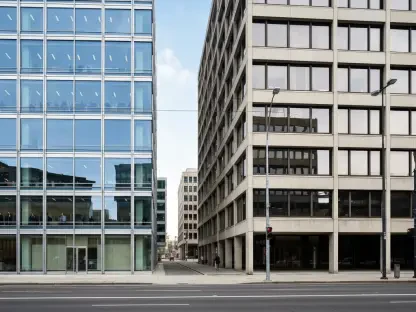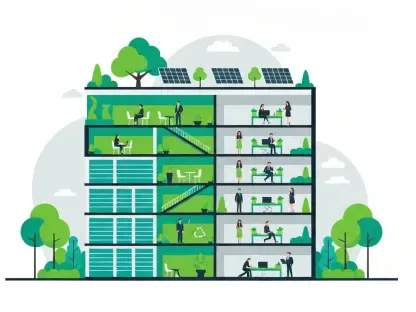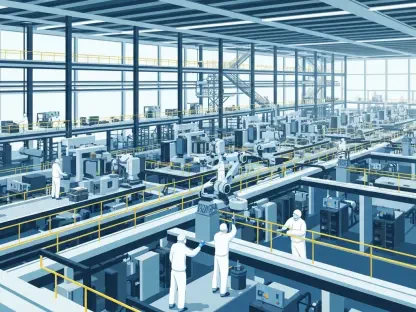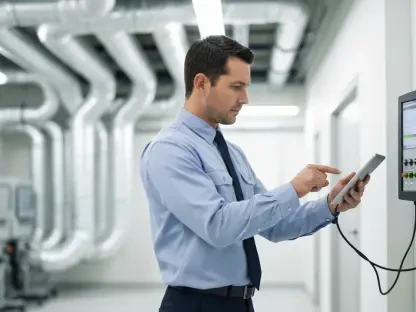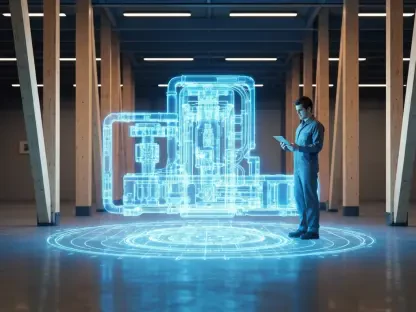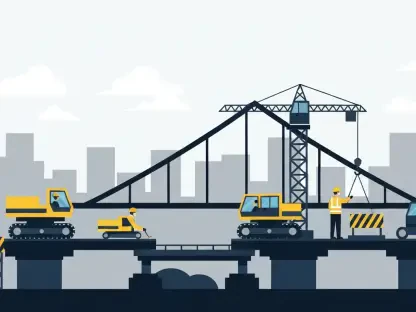I’m thrilled to sit down with Luca Calarailli, a seasoned expert in construction with a deep background in design and architecture. With a passion for integrating cutting-edge technology into infrastructure projects, Luca brings a unique perspective to the field. Today, we’re diving into a major highway project in Florida that’s set to transform travel in the region. Our conversation explores the details of a $238 million design-build initiative on Interstate 75 in Marion County, the innovative improvements it promises, its role in a larger state-wide infrastructure plan, and the impact it will have on safety, efficiency, and local communities.
Can you walk us through the scope of the I-75 project in Marion County and why this stretch is so critical for North Central Florida?
Absolutely, Marie. This project focuses on a vital section of I-75, a major corridor for both freight and passenger traffic in North Central Florida. It runs from State Road 200 to State Road 326 in Marion County, an area that sees heavy use and is essential for regional connectivity. The $238 million contract awarded to the construction team aims to enhance capacity, safety, and overall travel efficiency. Given its role as a key route for commerce and evacuations during hurricanes, upgrading this stretch is crucial for supporting economic growth and ensuring public safety.
What are some of the key components of this project, and how will they improve the driving experience?
There are several major elements to this initiative. We’re adding auxiliary lanes between State Road 200 and State Road 326 to help manage traffic flow and reduce bottlenecks. Bridge replacements are also a big part, which will modernize aging infrastructure and minimize disruptions over time. Milling and resurfacing will improve ride quality, making the road smoother and safer. Additionally, we’re installing noise barriers to lessen the impact on nearby communities and modifying interchanges at State Road 40 and State Road 326 to enhance accessibility and streamline traffic patterns.
I understand there’s specific work planned for the Southeast 49th Street interchange near the new Buc-ee’s store in Ocala. Can you tell us more about that?
Yes, that’s an exciting part of the project. The Southeast 49th Street interchange is being upgraded to serve as a key gateway for the upcoming Buc-ee’s store, which is expected to draw significant traffic. The improvements will better accommodate the influx of vehicles, ensuring smoother access and egress. This is important not just for the store’s visitors but also for maintaining overall flow on I-75, preventing congestion in an area that’s becoming a commercial hub.
The project also includes drainage and stormwater enhancements. How do these upgrades benefit the highway and surrounding areas?
Drainage and stormwater management are critical for the longevity of any highway. These enhancements will prevent water pooling on the road, reducing the risk of hydroplaning and wear on the pavement. For surrounding areas, improved systems mean less flooding and better protection for local ecosystems. We’re designing these solutions to handle heavy rainfall, which is especially important in Florida with its frequent storms, ensuring both the infrastructure and the environment are safeguarded.
This initiative falls under Florida’s Moving Florida Forward Infrastructure Initiative. Can you explain what that program aims to achieve and how this project fits into it?
The Moving Florida Forward Infrastructure Initiative is a statewide effort to invest in safer, more efficient highways. Its goal is to modernize transportation networks to keep up with population growth and economic demands while prioritizing safety and sustainability. The I-75 project aligns perfectly with this vision by addressing traffic delays—projected to drop by 96% northbound and 88% southbound—improving capacity, and enhancing safety features like shoulders and medians for emergency evacuations. It’s a piece of a much larger puzzle to keep Florida moving.
With such impressive projections for reducing traffic delays, can you share how these specific improvements will achieve those results?
Certainly. The addition of auxiliary lanes is a game-changer, as they provide extra space for merging and exiting, which cuts down on slowdowns during peak times. Upgraded interchanges at State Road 40 and State Road 326 will also reduce backups by optimizing traffic flow. Combined with resurfacing for better road conditions and modernized bridges that prevent long-term closures, these changes tackle the root causes of delays. It’s about creating a seamless experience for drivers, whether they’re commuting or hauling freight.
What’s your forecast for the future of highway infrastructure projects in Florida, given the scale of initiatives like this one?
I’m optimistic about the future. Florida is setting a strong example with programs like Moving Florida Forward, showing a commitment to proactive infrastructure investment. I expect we’ll see more projects focusing on smart technology—like traffic monitoring systems—and sustainable design to handle growth and climate challenges. With the state’s population and tourism continuing to rise, highways will need to evolve into more adaptive, resilient systems. I think the next decade will bring even bolder innovations as we balance efficiency with environmental responsibility.
